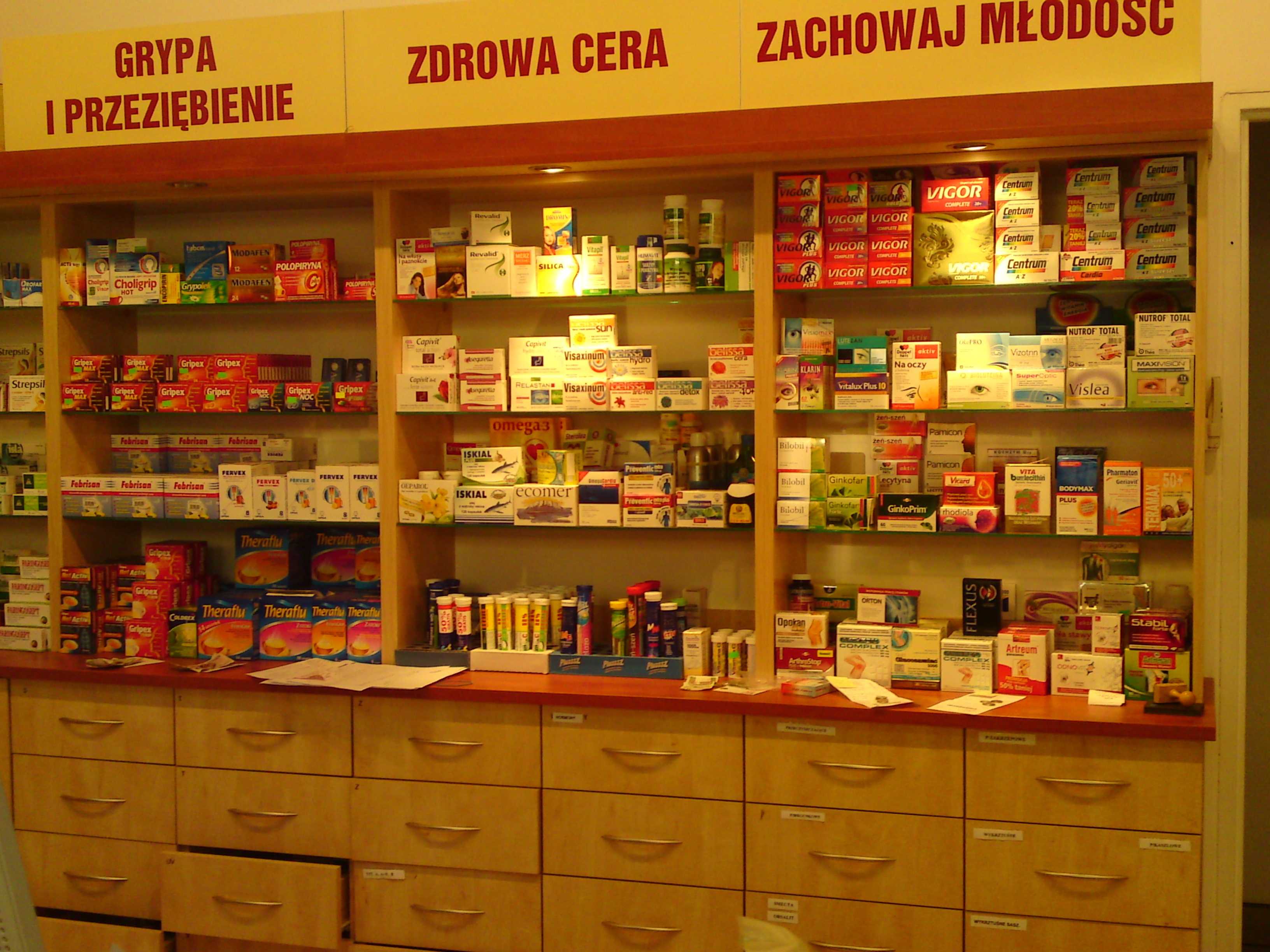Pharmacy Practice MCQ, in this article we will solve, Practice MCQ under subject physical pharmaceutics II. Read following article for your reference.
- What is plastic deation in solids?
- a) Temporary change in shape that disappears after removing the force
- b) Permanent change in shape even after the force is removed
- c) Change in temperature of the material
- d) Increase in density of the material
- What is elastic deation in solids?
- a) Temporary change in shape that disappears after removing the force
- b) Permanent change in shape even after the force is removed
- c) Change in color of the material
- d) Decrease in volume of the material
- Which property describes the ability of a material to return to its original shape after deation?
- a) Plasticity
- b) Elasticity
- c) Ductility
- d) Malleability
- What does the stress-strain curve represent?
- a) Relationship between temperature and pressure
- b) Relationship between force applied and deation produced
- c) Relationship between density and volume
- d) Relationship between weight and height
- What is the unit of stress in the International System of Units (SI)?
- a) Newton (N)
- b) Pascal (Pa)
- c) Joule (J)
- d) Watt (W)
- What is the unit of strain?
- a) Newton (N)
- b) Pascal (Pa)
- c) Joule (J)
- d) It is dimensionless
- What does the elastic modulus of a material measure?
- a) The ability to conduct heat
- b) The ability to conduct electricity
- c) The stiffness of the material
- d) The density of the material
- Which law relates stress and strain in the elastic region?
- a) Newton\’s law
- b) Hooke\’s law
- c) Boyle\’s law
- d) Ohm\’s law
- What is the ula for Hooke\’s law?
- a) Stress = Strain
- b) Stress = Elastic modulus × Strain
- c) Stress = Elastic modulus / Strain
- d) Stress = Strain / Elastic modulus
- What is the plastic region in a stress-strain curve?
- a) The initial straight-line portion of the curve
- b) The portion where the material des permanently
- c) The end point of the curve
- d) The point where the material fractures
- What does the yield point in a stress-strain curve indicate?
- a) The point at which the material returns to its original shape
- b) The point at which elastic deation ends and plastic deation begins
- c) The point of maximum stress the material can withstand
- d) The point at which the material breaks
- What is the ultimate tensile strength of a material?
- a) The maximum stress a material can withstand before breaking
- b) The stress at which the material begins to de elastically
- c) The stress at which the material begins to de plastically
- d) The stress at which the material returns to its original shape
- What is the Heckel equation used for?
- a) Analyzing the plastic deation of powders during compaction
- b) Measuring the thermal conductivity of materials
- c) Determining the electrical resistance of materials
- d) Assessing the color change in materials
- What does the term \’elastic modulus\’ refer to?
- a) The ability to de plastically
- b) The ability to return to the original shape after deation
- c) The resistance to deation under stress
- d) The ability to conduct electricity
- What is the relationship between stress and strain in the plastic region?
- a) Linear
- b) Non-linear
- c) Exponential
- d) Inversely proportional
- Which of the following materials typically exhibit elastic deation?
- a) Metals
- b) Rubbers
- c) Plastics
- d) All of the above
- In the context of the stress-strain curve, what is \’necking\’?
- a) The reduction in cross-sectional area of a material under tensile stress
- b) The point where elastic deation occurs
- c) The increase in volume of the material
- d) The complete return to the original shape
- What is the proportional limit in the stress-strain curve?
- a) The point at which stress and strain are no longer proportional
- b) The maximum stress a material can withstand
- c) The point where the material fractures
- d) The initial point of the curve
- What does the term \’ductility\’ refer to?
- a) The ability of a material to conduct electricity
- b) The ability to de plastically without breaking
- c) The ability to return to the original shape after deation
- d) The ability to resist corrosion
- What does the term \’brittleness\’ refer to?
- a) The ability of a material to de plastically
- b) The tendency of a material to break or shatter without significant deation
- c) The ability to conduct heat
- d) The resistance to electrical flow
- What is strain hardening?
- a) The decrease in strength of a material with deation
- b) The increase in strength and hardness of a material due to plastic deation
- c) The reduction in ductility
- d) The process of heat treatment
- What is the significance of the elastic limit?
- a) It is the maximum stress a material can withstand before deing plastically
- b) It is the point where material begins to show signs of necking
- c) It indicates the fracture point of the material
- d) It is the maximum strain a material can experience
- What is the effect of temperature on the elastic modulus of a material?
- a) Temperature has no effect
- b) Higher temperatures generally decrease the elastic modulus
- c) Higher temperatures increase the elastic modulus
- d) The effect varies depending on the material
- Which type of deation is recoverable once the load is removed?
- a) Elastic deation
- b) Plastic deation
- c) Both elastic and plastic deation
- d) None of the above
- What is the primary factor that influences the plastic deation of a material?
- a) Temperature
- b) Stress
- c) Strain rate
- d) All of the above
- What does the \’stress relaxation\’ phenomenon involve?
- a) Decrease in stress over time under constant strain
- b) Increase in stress over time under constant strain
- c) Decrease in strain over time under constant stress
- d) Increase in strain over time under constant stress
- Which material property is indicated by the area under the stress-strain curve?
- a) Elastic modulus
- b) Toughness
- c) Yield strength
- d) Ultimate tensile strength
- What is creep in materials science?
- a) Slow, progressive deation of a material under constant stress over time
- b) Rapid deation under impact load
- c) Deation due to temperature changes
- d) Sudden breakage under tensile load
- What is the \’Poisson\’s ratio\’ in the context of material deation?
- a) The ratio of lateral strain to longitudinal strain
- b) The ratio of stress to strain
- c) The ratio of plastic deation to elastic deation
- d) The ratio of ultimate tensile strength to yield strength
- What is the significance of the Heckel equation in powder technology?
- a) It describes the compaction behavior of powders
- b) It measures the thermal conductivity of powders
- c) It determines the electrical resistance of powders
- d) It assesses the color change in powders
For more regular updates you can visit our social media accounts,
Instagram: Follow us
Facebook: Follow us
WhatsApp: Join us
Telegram: Join us






[…] For practice MCQ on this article, click here. […]